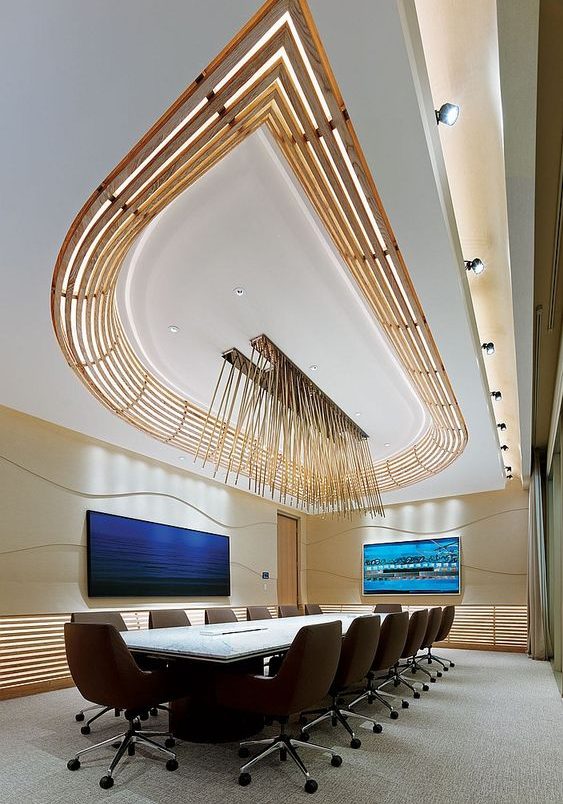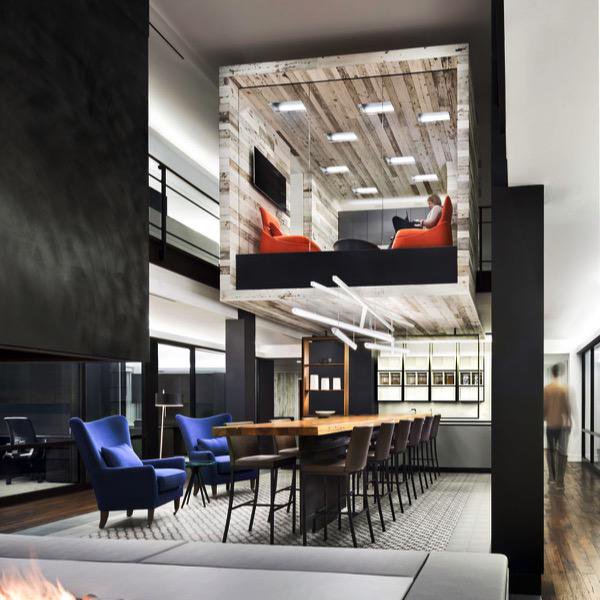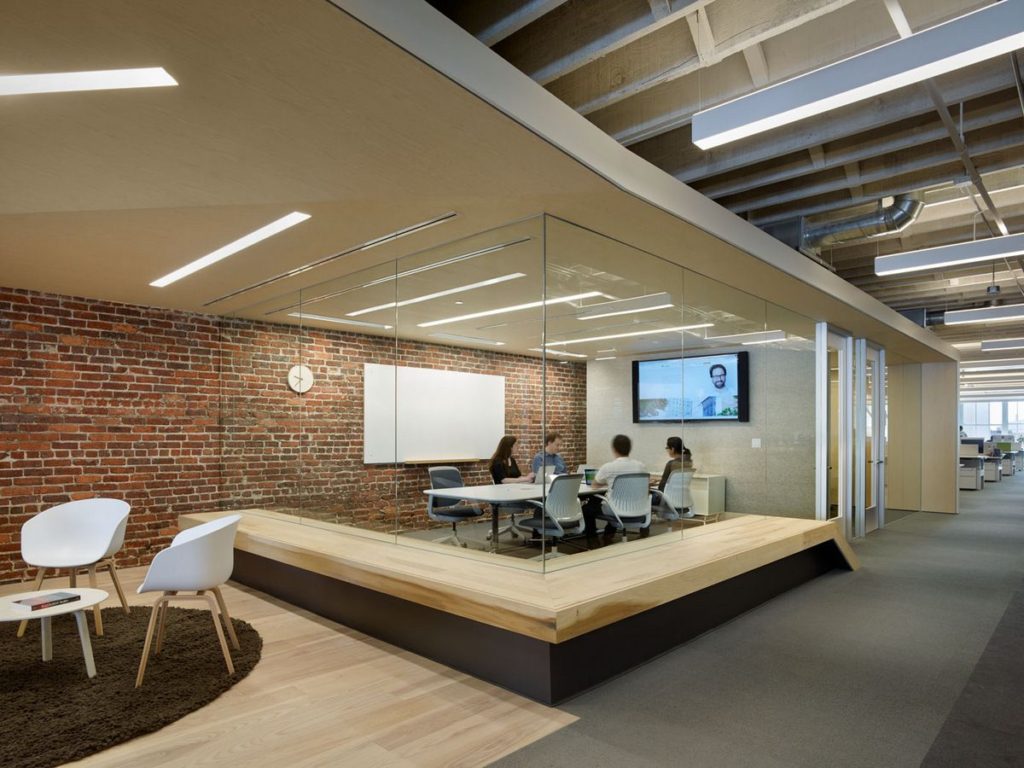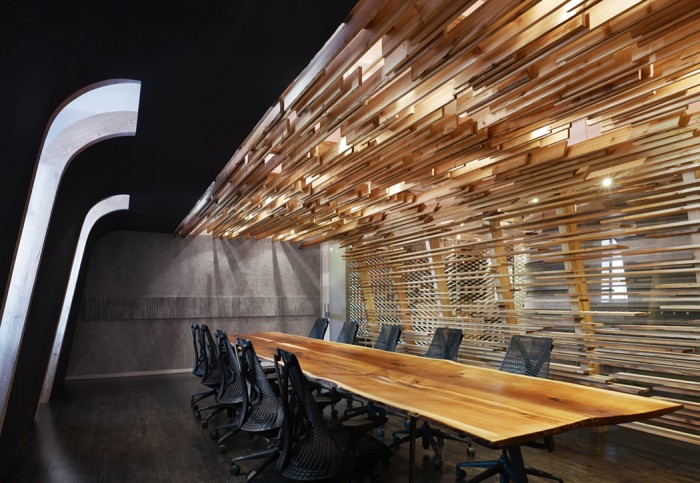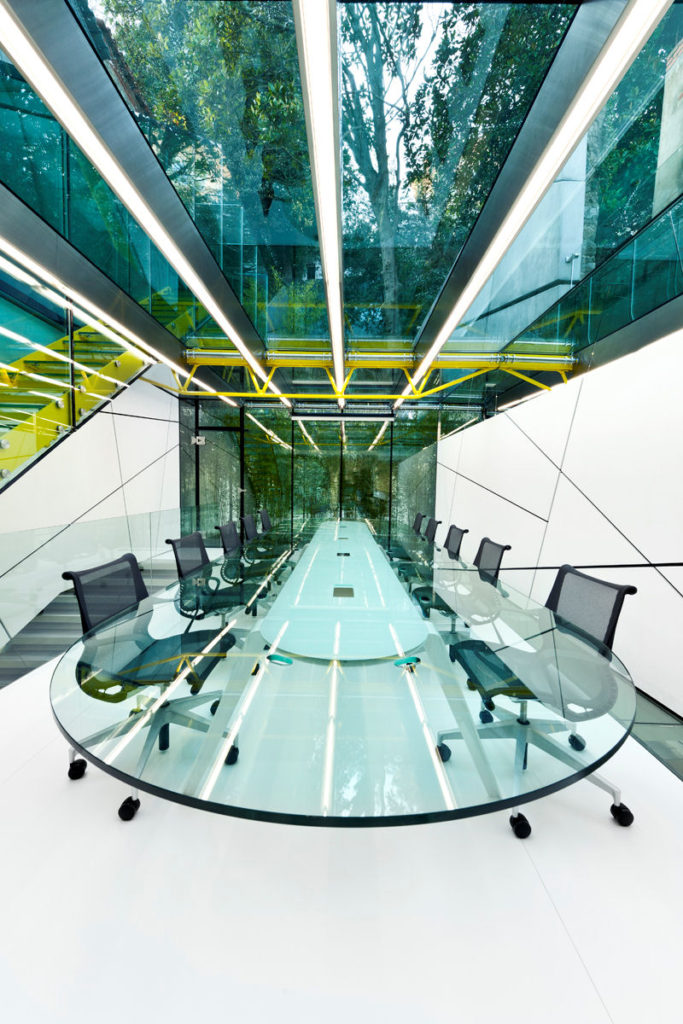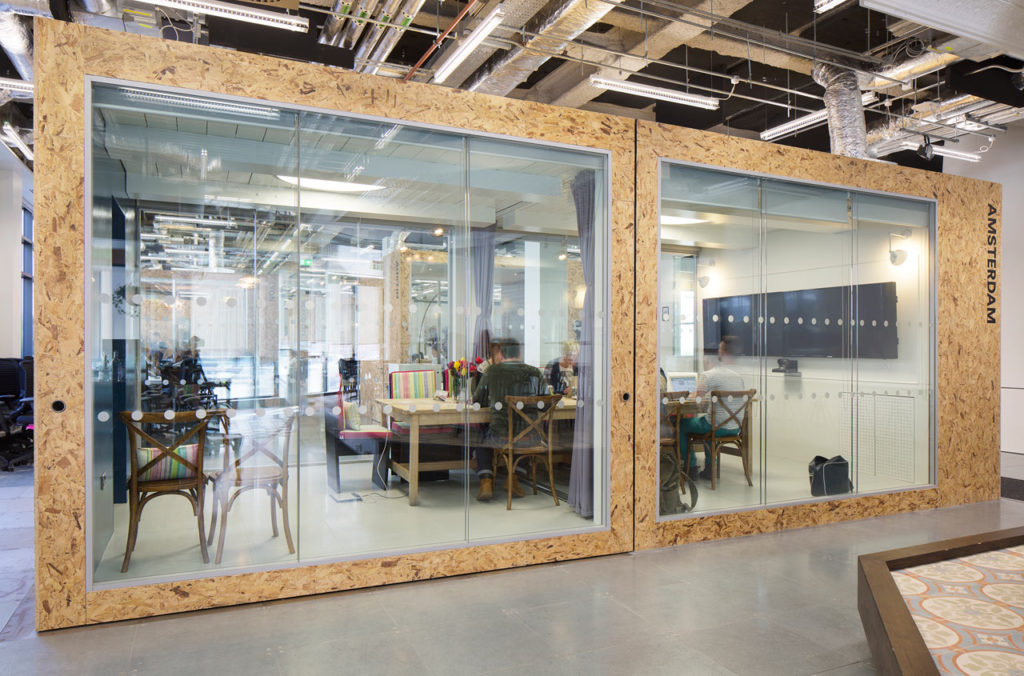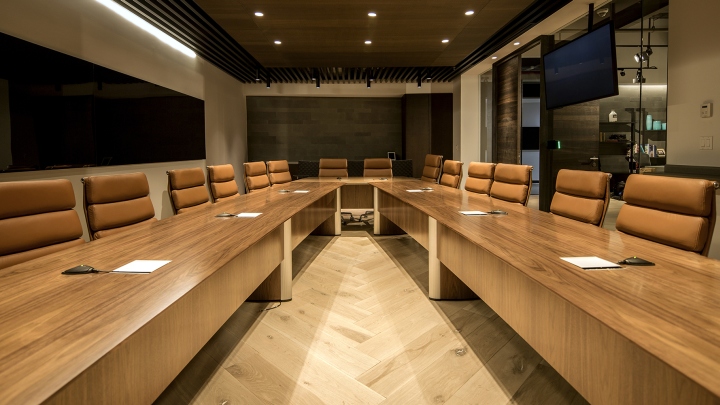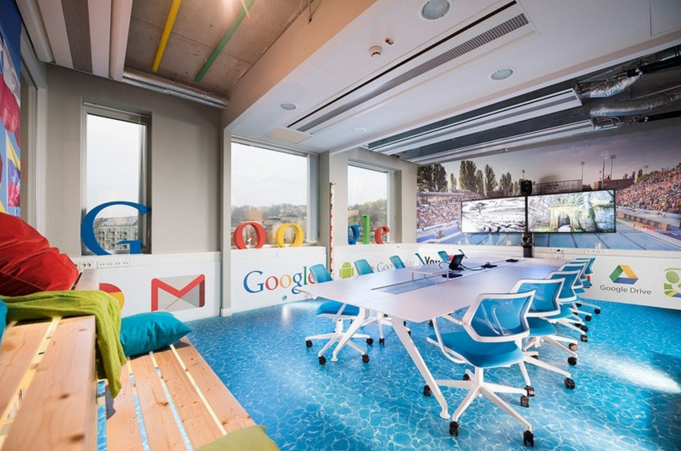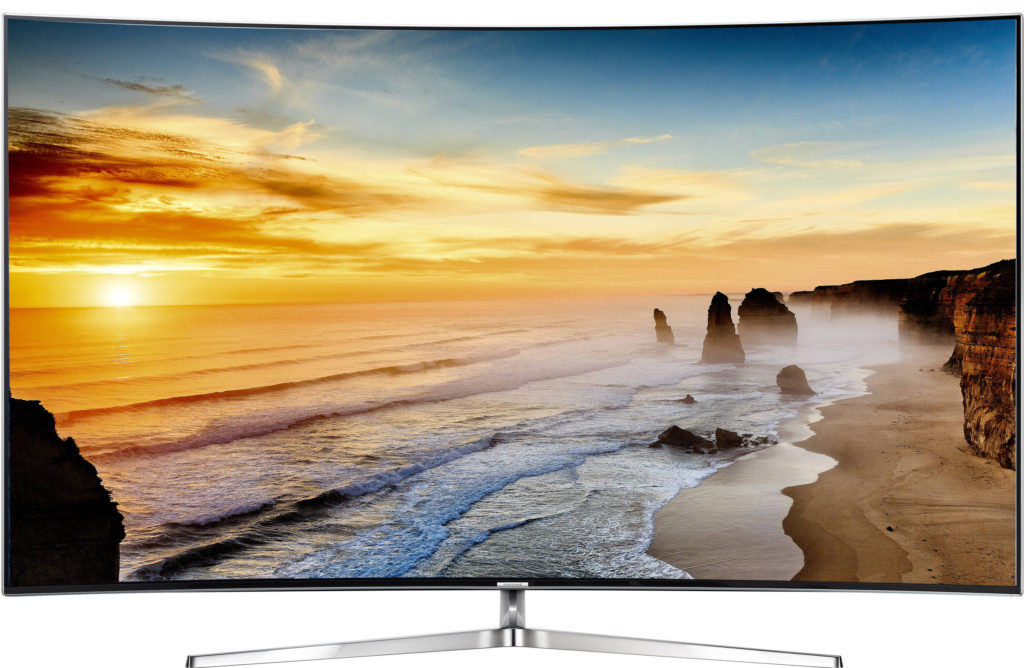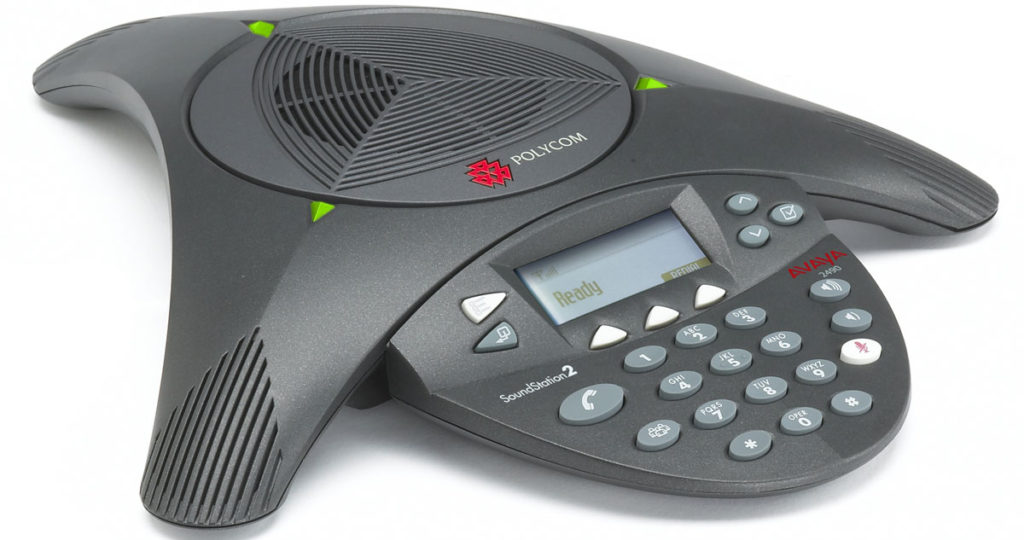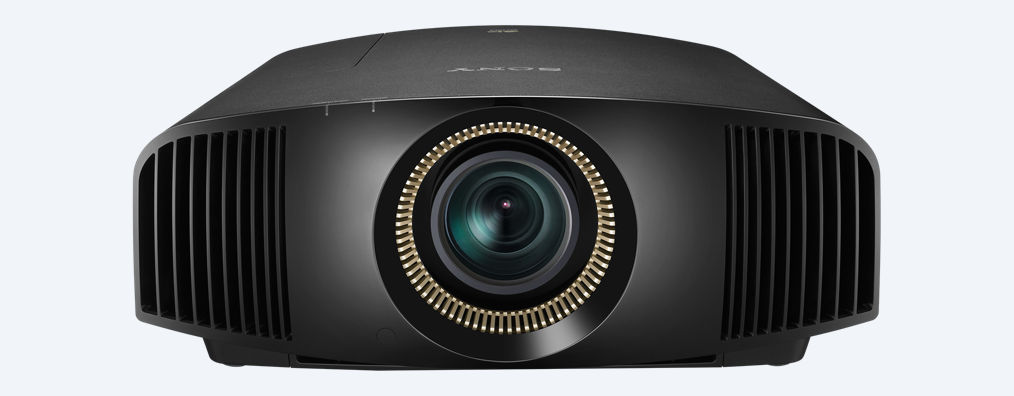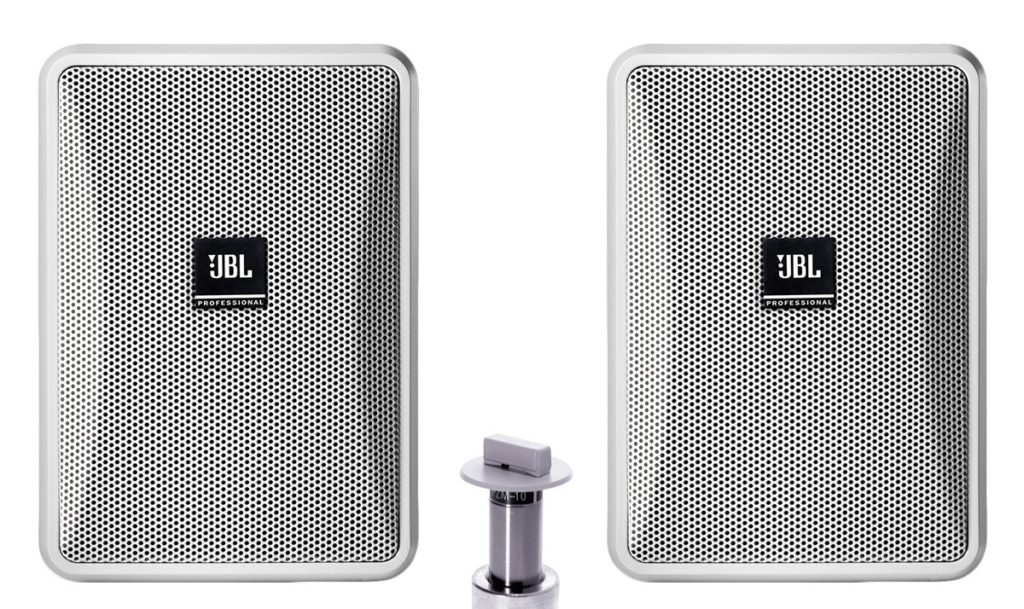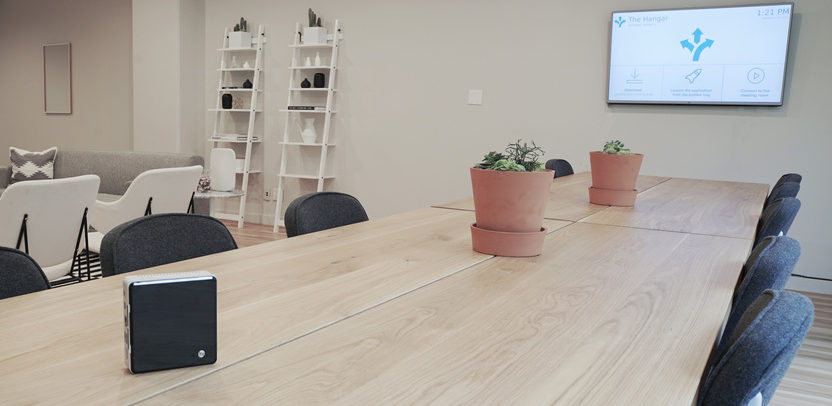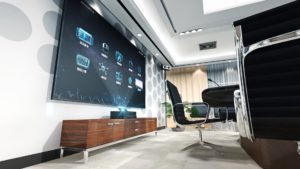As we continue further into 2017, there are many trends that are springing up in workplaces all around the world that are assisting in making office spaces much more efficient and increasingly productive. In the past, designers used to try to make office spaces aesthetically pleasing in order to impress potential customers, but nowadays this isn’t always so. Here we will explore the latest office trends of this year and how they can help your office increase productivity tenfold (or at least 0.5-fold).
Integrating Technology
Advancing technology is making its way into offices more every year. With so many software platforms, cloud-based solutions and applications available to businesses, it has become crucial that these platforms can be accessed seamlessly. Offices are investing more money than ever to streamline these services, eliminating problems that would have otherwise lost time or cost money. For example, why waste hours trying to connect your laptop to your projector? Can’t access your emails from your mobile device on the go? By resolving these problems, you’ll have much happier employees and much more work being produced.
Open Plan Designs
As said in the introduction, physical fashion trends are becoming a thing of the past but more and more are we seeing office spaces with open plan designs. This means fewer desks and more social areas. Multi-function rooms such as sofa areas and multiple user tables are becoming more and more popular across all industries. Successful companies are making this transition to encourage connectivity and collaboration. With the ever-increasing impact of mobile technologies, employees no longer need to be confined to the space of a desk, which allows them a lot more freedom when it comes to working with colleagues, working in a comfortable environment, all of which combined leads to increased productivity.
Increased Focus on Well-being
A more recent trend that’s becoming increasingly popular is employee well-being. Taking center stage with companies of all sizes, employees that are constantly tired, stressed or just overall unhealthy are not going to be working to their highest capabilities. With this in mind, more companies are investing in employee benefits such as providing on-site gyms or memberships, healthy meal options in cafeterias and more manageable work hours.
Many organizations are also investing in better seating options, indoor plants and relaxing social areas in the workplace, all together making employees a lot less stressed, increasingly happier and more able to work to their full potential.
Collaboration
Although briefly mentioned above, collaboration is one aspect more companies are focusing on than ever before. Not refined to the traditional ‘pig-pen’ office design, employees are able to integrate and help each other on projects and tasks, massively increasing productivity and how much work can be completed. This trend is mainly influenced by open space office design and social spaces. By having desks that can be used by everyone, this also saves a business a lot of money and is a very cost effective solution.
ADDITIONAL READING
Conference Room Design: A Guide For the Perplexed
Picking a Conference Room Name: 5 Tips to Help You Get Started
5 Must-Have AV Products for Your Conference Room
